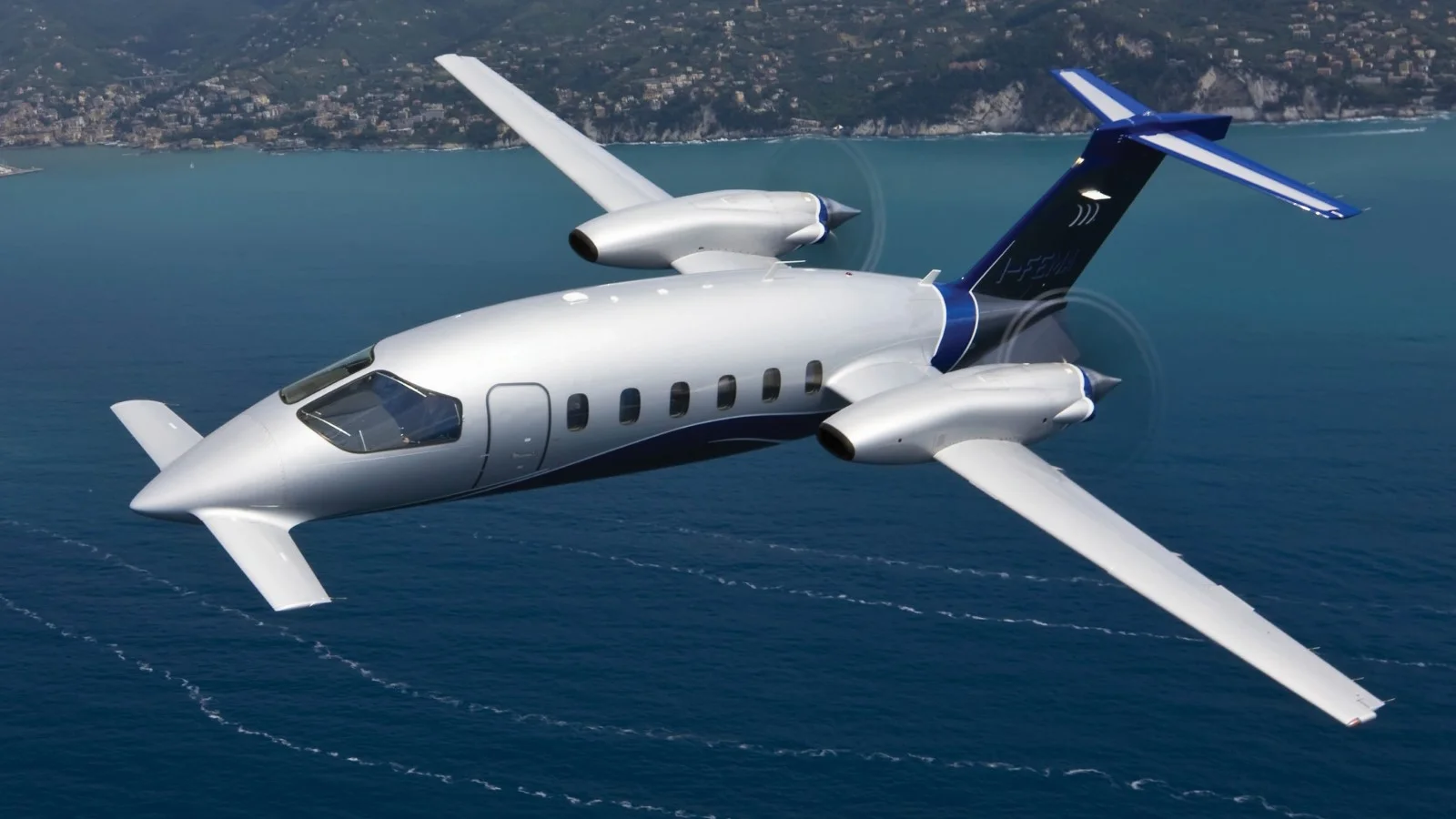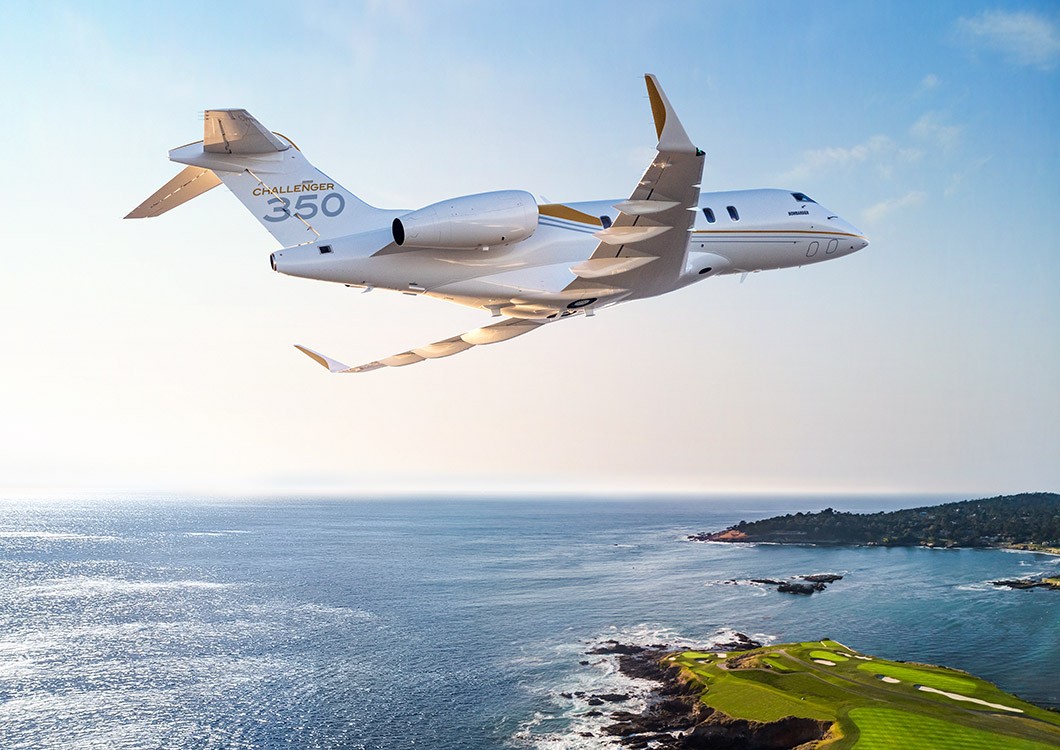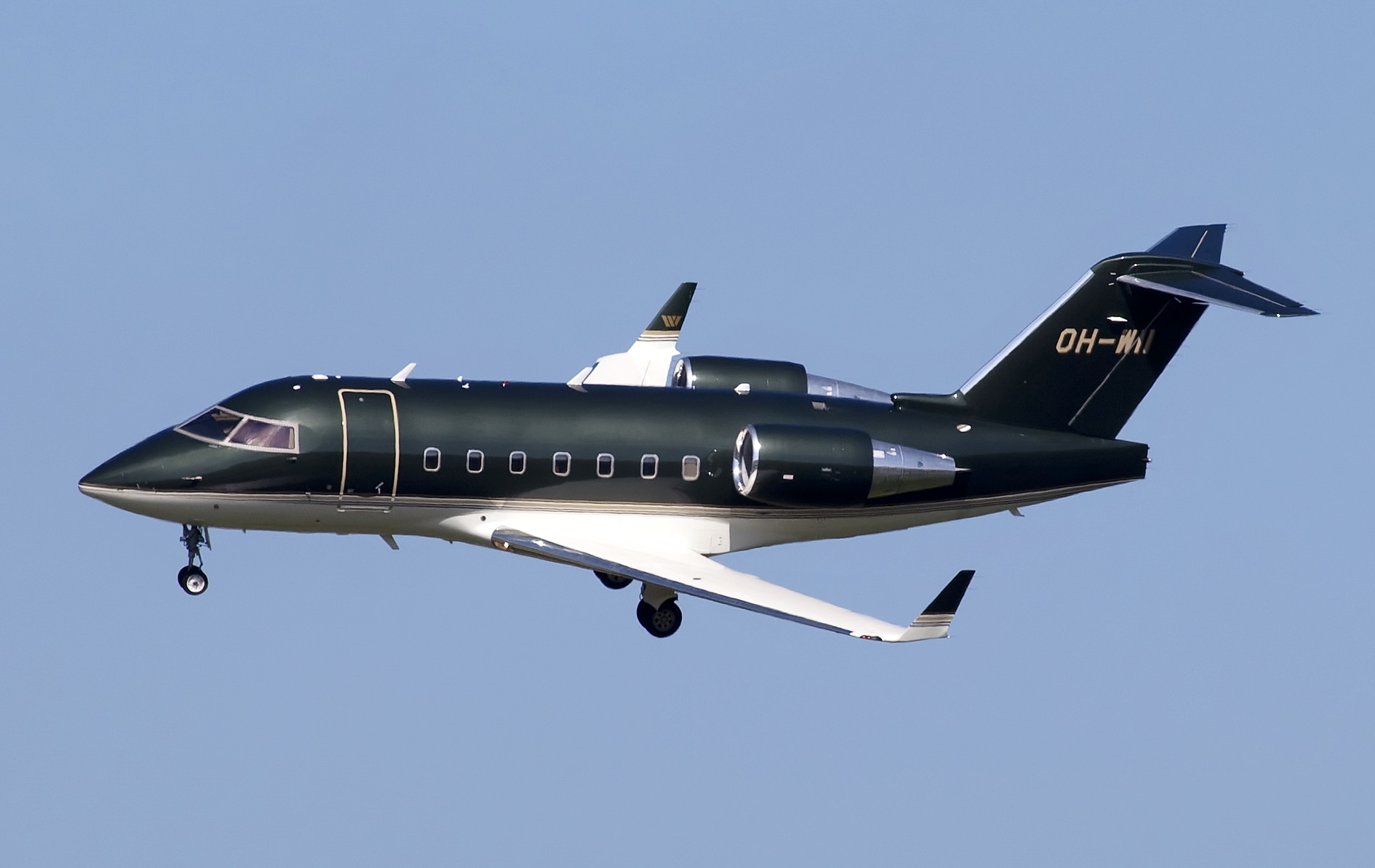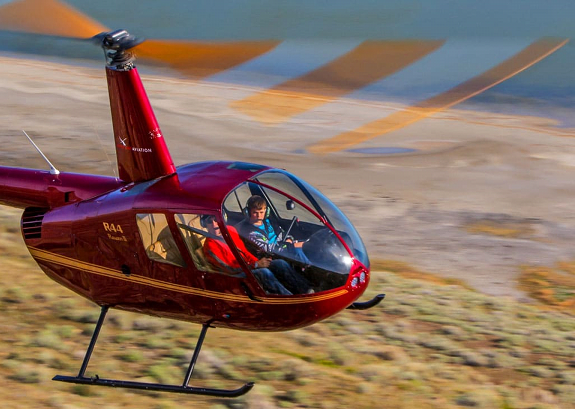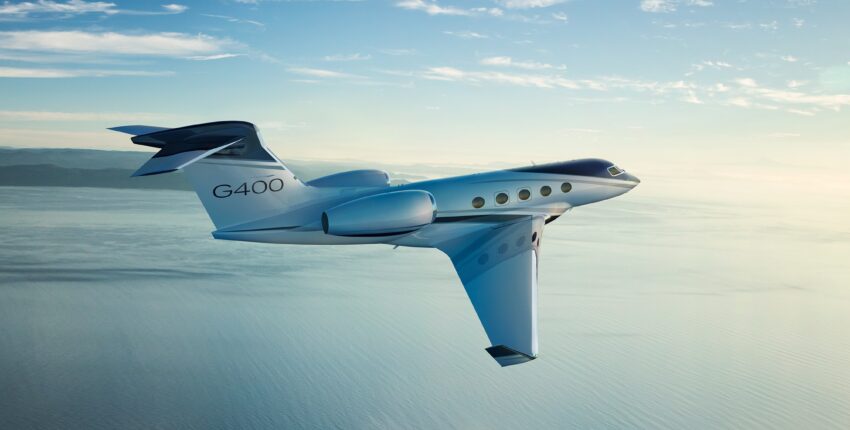Pilatus PC-12 Review: Performance, Comfort & Cost Breakdown
7 min read
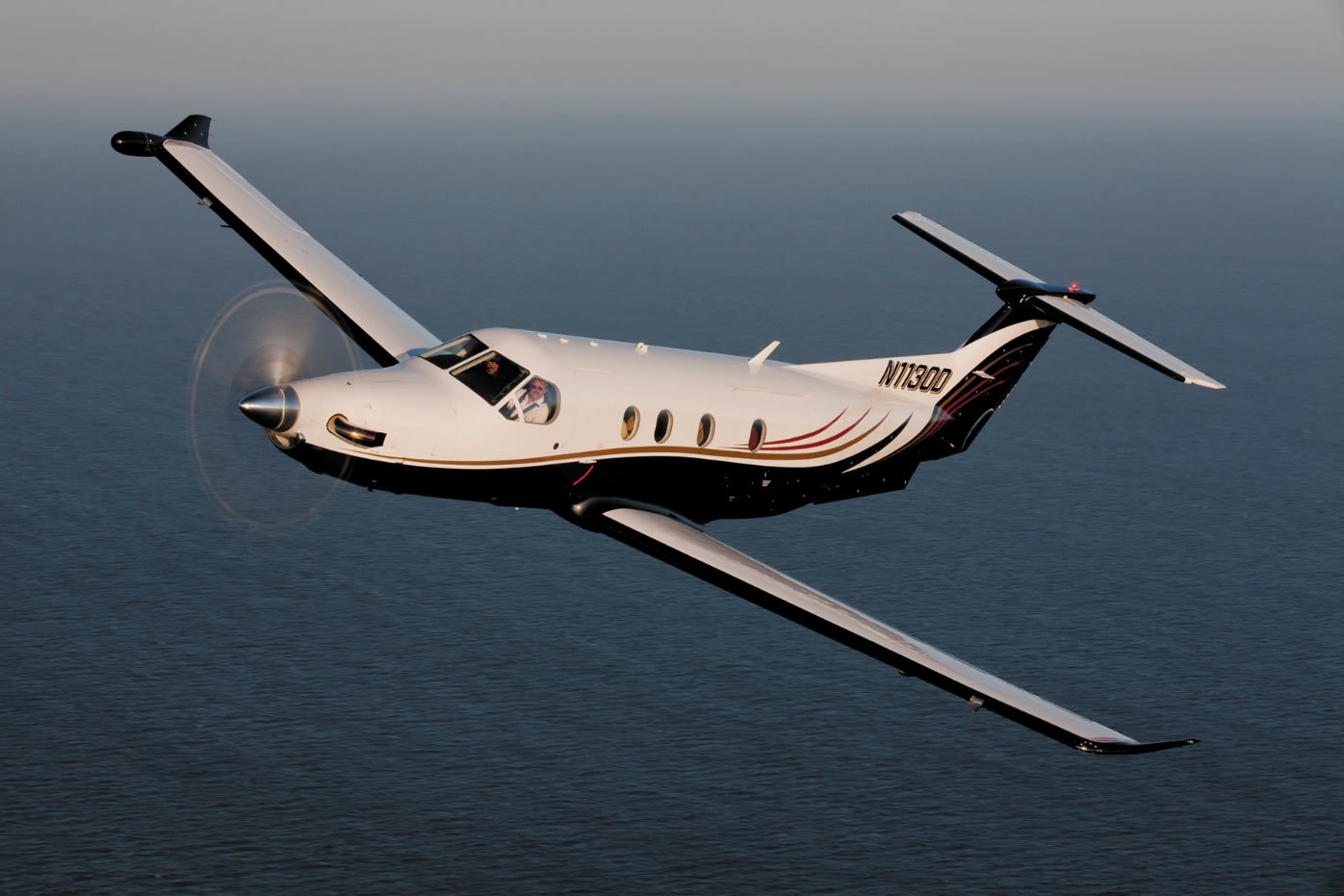
The Pilatus PC-12 is one of those aircraft that turns heads; not because it’s flashy, but because it quietly does almost everything right.
It’s a single-engine turboprop that’s found its way into nearly every corner of aviation, from executive lounges and cargo ramps to remote jungle airstrips and frontline medical evacuations.
On paper, it sounds like the dream aircraft: rugged, spacious, fuel-efficient, and packed with smart tech. It’s certified for single-pilot operation, can land where jets can’t, and is reliable enough to have clocked over seven million flight hours globally.
But the question becomes: is the PC-12 truly worth it? This review takes a close, honest look at what the Pilatus PC-12 offers, where it shines, where it doesn’t, and whether it ultimately delivers on its promise.
History and Development
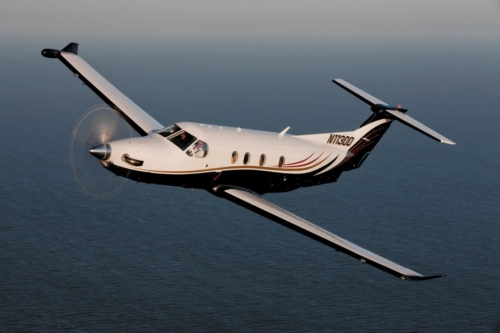
The story of the Pilatus PC-12 began at the 1989 National Business Aviation Association (NBAA) convention, where the Swiss manufacturer announced its ambitious plan to build a single-engine turboprop that would fill a significant gap in the market — a rugged, long-range, high-performance aircraft that could be flown by a single pilot yet carry passengers or cargo comfortably and efficiently.
The prototype took to the skies on May 31, 1991, marking a new chapter in general aviation. After a rigorous development and testing phase, the aircraft received FAA certification in July 1994. From the outset, it was designed to meet a wide range of needs. This wasn’t just a private transport plane — it was built to handle executive travel, air ambulance missions, cargo logistics, and even covert government operations.
Over the years, the PC-12 underwent a series of enhancements, culminating in the PC-12 NG (Next Generation) and, more recently, the PC-12 NGX. These updates introduced avionics advancements, performance boosts, and interior refinements. The PC-12 PRO — its most current evolution — continues that tradition, incorporating Garmin’s G3000-based ACE suite and other smart cockpit technologies.
What’s remarkable is how little the core design has changed. Pilatus got it right the first time, and every iteration since has been about refining an already strong foundation.
Performance Specs
At the heart of the PC-12 is the dependable Pratt & Whitney Canada PT6A-67P turboprop engine — a widely trusted powerplant known for its longevity and robust performance.
This engine allows the PC-12 to reach cruising speeds of up to 290 KTAS, with a max range of 1,765 nautical miles when carrying four passengers. Even with six on board, it still delivers a healthy 1,565 nm range. It climbs with authority, offering a max climb rate of 1,920 feet per minute and a service ceiling of 30,000 feet.
Its short-field performance is also a key highlight. The PC-12 only needs about 2,485 feet to take off over a 50-foot obstacle, and just 2,170 feet to land over the same — a feature that makes it ideal for rural runways, grass airstrips, and unimproved fields. This ability to access places that other aircraft can’t is one of the major reasons it's favored by air ambulance services, humanitarian groups, and remote commercial operators.
Cabin And Interior
Inside, the PC-12’s cabin reflects a careful balance between luxury and practicality. Measuring nearly 17 feet in length, 5 feet in width, and close to 5 feet in height, the pressurized cabin offers about 330 cubic feet of space. While it may not match the plush feel of a private jet, it’s more than comfortable for business executives, government officials, or families flying long distances.

Operators can configure the cabin to suit specific needs — from plush executive seating to stretcher-ready medical layouts or cargo setups. The aircraft also includes a 40 ft³ baggage compartment, which is more than enough for most missions.
The latest PC-12 PRO variant raises the bar with modern avionics and a cleaner, more ergonomic cabin environment. While seating configurations vary, it typically accommodates 6–8 passengers in comfort. There's a feeling of quiet confidence throughout the interior — everything is thoughtfully placed, with high-end finishes and ample natural light from the aircraft’s large windows.
Cockpit and Avionics Tech
The PC-12 PRO brings one of the most notable upgrades in avionics, integrating the Advanced Cockpit Environment (ACE), powered by the Garmin G3000 Prime suite. This includes three 14-inch touchscreen displays, two smaller 7-inch touchscreens, and a suite of intelligent systems designed to simplify the pilot’s workload.
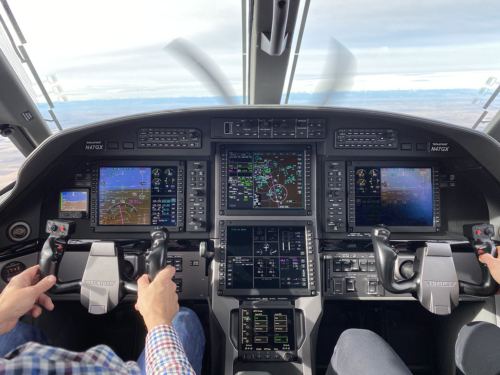
Features such as autothrottle, autoland, and synthetic vision give the PC-12 PRO a technological edge over much of the competition. These aren’t just bells and whistles either — they actively enhance safety, precision, and ease of use. Pilots who fly single-pilot IFR (Instrument Flight Rules) operations will particularly appreciate the streamlined layout and intelligent automation.
The PC-12 is certified for single-pilot operation, and it’s one of the few aircraft in its class where that feels not only safe but intuitive. For owner-operators or corporate pilots, that’s a big win in both cost and efficiency.
Operating Costs and Economics
In terms of acquisition cost, the PC-12 PRO is priced at approximately $6.8 million as of 2025. While that’s not cheap, it offers exceptional value when compared to twin-engine turboprops or even light jets, especially when you factor in operating flexibility, performance, and load capacity.
Direct operating costs range from $1,560 to $1,694 per flight hour, with fuel typically costing $420–$450/hour at $6 per gallon. For operators flying about 450 hours annually, the total yearly budget hovers around $702,000 to $762,000 — competitive numbers for a high-performance aircraft in this category.
What’s also worth mentioning is that Pilatus offers strong factory support, and many operators enroll in comprehensive maintenance programs to help control long-term costs and avoid surprises.
The Competition
While the PC-12 is in a league of its own in many ways, it’s not without rivals. One of its most direct competitors is the Beechcraft King Air 260. This twin-engine turboprop offers slightly faster cruise speeds at 310 knots and a similar range of 1,720 nm, but comes with a higher purchase price of around $7.78 million and increased fuel/maintenance costs due to its dual engines.
Then there's the Piaggio Avanti, a very fast twin-pusher aircraft boasting 400 knots cruise speed and stylish Italian engineering. However, its higher cost ($7.2–$7.7 million), niche design, and less versatile runway performance make it a less practical choice for remote ops.
The Daher TBM 940 and 960 are sleek, modern single-engine turboprops priced at around $4.6–$5 million. They’re a bit smaller, with shorter range and lower payload capacity, but still offer great value, especially for owners focused on speed and simplicity. Similarly, the Epic E1000 comes in at a more affordable $4.45 million, offering competitive speed (322 knots) and range (1,560 nm), but its tighter cabin space limits its appeal for missions requiring flexibility or multiple roles.
Lastly, the upcoming Beechcraft Denali is poised to give the PC-12 a run for its money, promising similar specs, a single GE Catalyst engine, and modern avionics — all for about $6.45 million. However, as of now, it remains in the development phase, and it remains to be seen if it will match the PC-12’s proven track record.
Mission-Ready Across the Globe
One of the PC-12’s strongest endorsements comes not from specs but from its real-world service. With over 2,000 aircraft delivered and more than seven million flight hours logged, the PC-12 has proven its reliability time and again. Whether it's ferrying critical supplies in Alaska, transporting patients across remote regions in Australia, or serving as an airborne command center for law enforcement, the PC-12 delivers.
It’s this mission flexibility that has led to widespread adoption across so many sectors — including military special operations, where the aircraft's quiet turboprop and unimposing profile are assets. For humanitarian efforts and medevac missions, its ease of access, roomy cabin, and reliable systems are literal lifesavers.
Moreover, the PC-12 is an aircraft that thrives where infrastructure is lacking. In countries where paved runways are few and far between, its short-field performance and rugged landing gear make it indispensable. It’s no exaggeration to call it the “SUV of the skies.”
A Long-Term Investment in Capability
While some aircraft aim to impress with flash and speed, the PC-12 earns its keep through adaptability, performance, and dependability. It doesn’t need two engines to offer peace of mind, nor does it need jet speed to deliver on mission readiness. For those looking to move people or cargo safely and efficiently — whether across cities or continents — the PC-12 is one of the smartest investments available.
Its value only increases with the addition of the PRO enhancements, which bring advanced automation and cockpit intelligence to an already capable platform. For corporate flight departments, charter companies, and government agencies, it’s hard to beat the return on investment this aircraft offers.
Final Thoughts
In a world where aviation needs are constantly evolving, the Pilatus PC-12 remains remarkably relevant. Its design might date back to the early 1990s, but continuous upgrades have kept it fresh and competitive. The PC-12 PRO, in particular, represents the peak of what a modern single-engine turboprop can achieve.
With solid economics, cutting-edge avionics, rugged short-field performance, and a cabin that adapts to virtually any mission, the PC-12 isn’t just a good aircraft — it’s a great one. Whether you’re flying for business, transporting critical cargo, or saving lives, the PC-12 delivers where it counts.
And that, more than any stat or spec, is what makes it a legend.


